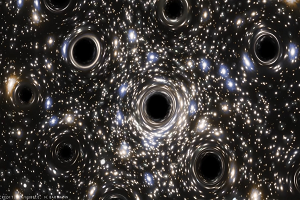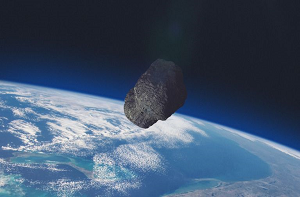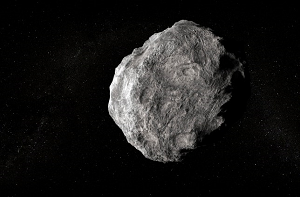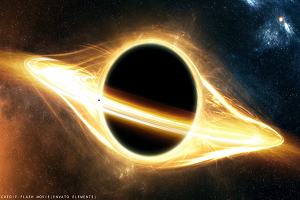As the name suggests, ‘supermassive black holes’ are supermassive, they contain millions, if not billions of times more mass than our Sun and can grow
Category: Space News

Within the ‘Milky Way galaxy’, it is estimated by NASA that between 10 million and a billion ‘black holes’ exist, most of which are thought

Black holes are some of the most destructive and violent objects in the universe. They have the ability to warp space, time and rip entire

With so many asteroids hurtling around solar system, it is hard to believe that Earth has only one moon. When we look at the outer

Our solar system is full of rocky debris from it’s formation 4.6 billion years ago including comets, meteors and millions of asteroids. Most of

